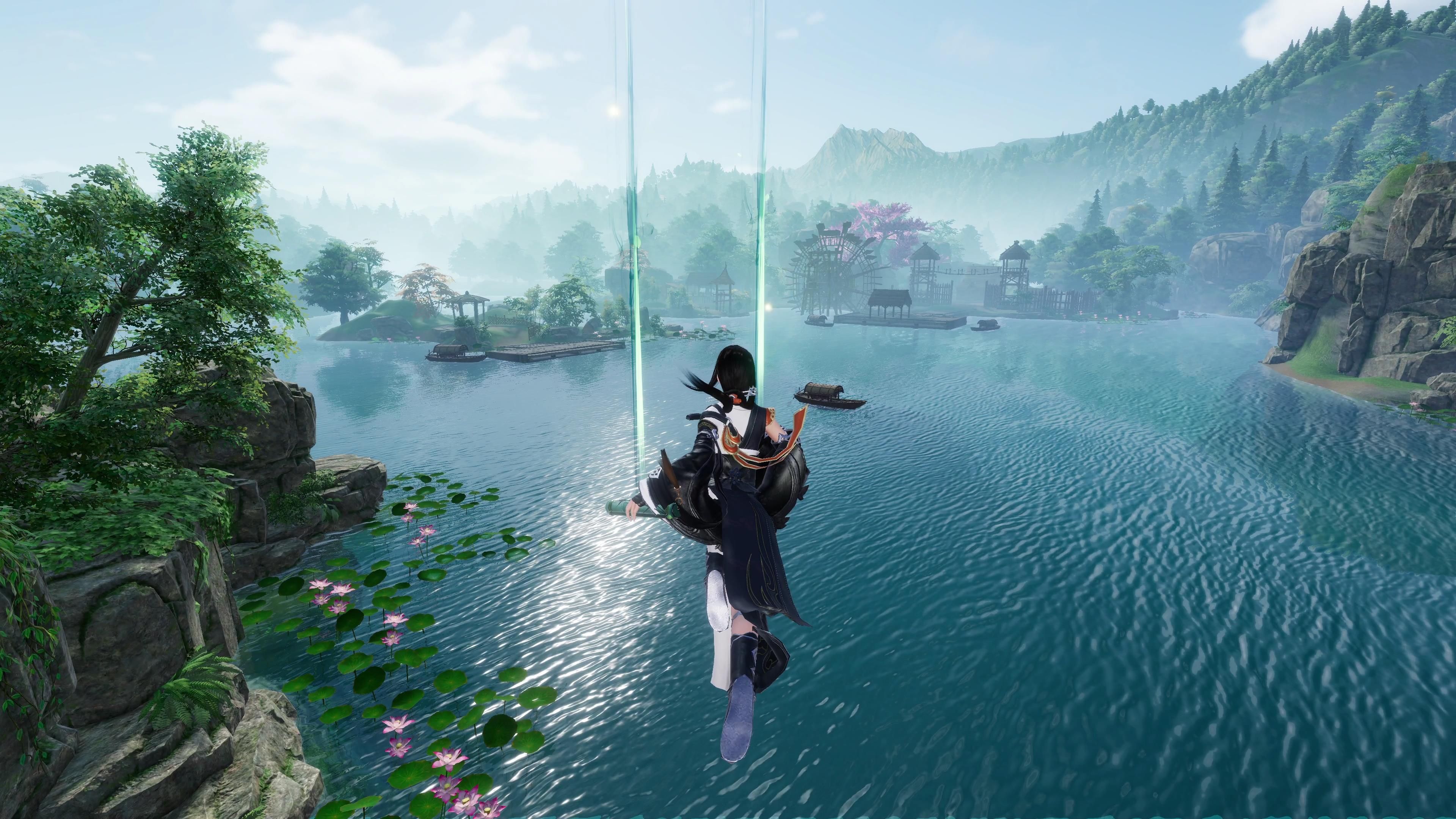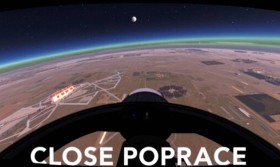Title: The Unseen Architects: Finding Meaning in 'Life Crisis Shelter Sign Installer Simulator VR - Place Missions DLC'
The virtual reality landscape is populated with fantasies: wielding lightsabers, exploring alien worlds, commanding vast armies. We seek escape, power, and excitement. So, when a title like Life Crisis Shelter Sign Installer Simulator VR appears, it’s often met with a bemused chuckle, dismissed as another entry in the sprawling, absurdist "simulator" genre. Yet, to dismiss it is to miss a profound, albeit quietly whispered, commentary on modern existence. Its DLC, Place Missions, is not an expansion of gameplay, but a deepening of its poignant, philosophical core.

The base game established a unique, melancholic premise. You are an employee of a nebulous municipal agency tasked with a single, repetitive duty: installing small, blue-and-white signs pointing the way to the nearest "Life Crisis Shelter." These shelters are never seen, only alluded to, their existence defined solely by the signs that lead to them. Using realistic VR motion controls, you drill into brickwork, apply adhesive, and carefully align each placard on the bleak, rain-slicked walls of a perpetually autumnal city. The genius of the original was its atmosphere—the sound of distant traffic, the patter of rain on your virtual hood, the crushing loneliness of your task, and the haunting, ambient score that suggested hope was always just around the corner, a direction, not a destination.
The Place Missions DLC dismantles this premise and rebuilds it into something far more personal and impactful. It introduces a narrative layer, delivered through fragmented emails on your in-game phone, memos from your supervisor, and environmental storytelling. You learn you are not the first installer. You are, in fact, a replacement for a previous employee who has "moved on." The nature of their departure is ambiguous—was it promotion, resignation, or something darker? This mystery hangs over every mission.
The core new mechanic is the "Place" system. Before you can install a sign, you must first "Place" it. This involves holding the sign against a wall and holding a button. For three full seconds, your view shifts. The world drains of its muted colour, becoming a stark, high-contrast monochrome. The only thing that remains in colour is the sign itself and, crucially, a faint, shimmering outline of a human figure a few meters away from you, always with its back turned, always just starting to walk around the corner. This figure is the "Seeker." The game offers no explanation. It is a moment of pure, interpretive VR poetry.
This simple act transforms the entire experience. You are no longer just installing a directive; you are bearing witness to an absence. That shimmering outline is the ghost of a crisis, a snapshot of someone at their most vulnerable, their most lost. The act of "Placing" becomes a moment of silent empathy. You are not just marking a path for a theoretical future person; you are acknowledging the specific, painful moment of someone who was already here. The sign is a monument to their struggle, and your job is to cement its directions, ensuring the next person finds their way a little easier.
The missions themselves become more complex and emotionally charged. One mission has you installing a sign on the wall of a quiet suburban house at 3 AM, the windows dark. Another sees you on a high pedestrian overpass, the city lights stretching out below, a place of quiet contemplation or terrible impulse. The DLC introduces "Relay Missions," where you must follow a sequence of old, dilapidated signs to find the optimal spot for a new, updated one, tracing the faded path of a past installer’s logic, and by extension, the path of past Seekers.
The philosophical weight of the DLC is immense. It explores the concept of "the helper's dilemma." Can we truly help anyone, or can we only ever put up signs, offering direction but never being the destination? The shelters remain unseen, their efficacy unknown. Your work is an act of faith. The game brilliantly uses VR’s immersive power to make this abstraction visceral. The physicality of drilling, the weight of the sign in your hand, the chill of the virtual air—it grounds the profound melancholy of your purpose. You are a digital Sisyphus, but your boulder is a beacon of hope, and your hill is the human psyche.
Place Missions is not about action; it’s about aftermath. It’s about the architecture of recovery that we never see—the hotline volunteers, the supportive friends, the therapists, the quiet moments of courage. These are the "shelters." Your role as the installer is to make that invisible support structure legible to those who are too lost to see it. You are a cartographer of despair, mapping the routes out of it.
In an industry obsessed with power fantasies, Life Crisis Shelter Sign Installer Simulator VR - Place Missions DLC is a brave and startlingly mature work. It is a meditation on helplessness, empathy, and the small, bureaucratic acts of kindness that hold a society together. It posits that salvation is not a grand event but a series of correct turns, and that perhaps the most important heroes are not those who fight monsters, but those who, in the quiet of the rain, ensure the signs pointing away from them are clear, visible, and true. It doesn’t just simulate a job; it simulates a purpose, and in doing so, it becomes one of VR’s most unforgettable and human experiences.


















